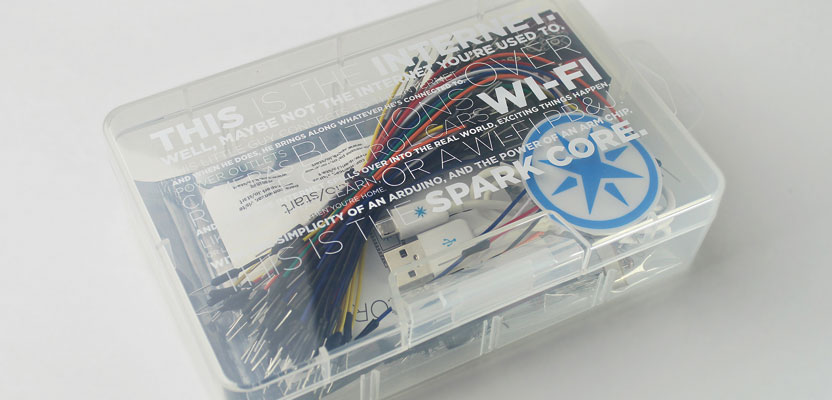Innovative Power for Sensors, Richer Data
It has been a great year for the tech industry and especially for the Internet of Things (IoT), as there were many new product rollouts and services that are starting to tie the technologies together. Both the smart home and wearable tech got a lot of press with Google purchasing Nest for $3.2 billion in January, and in September Apple rocked the wearable world with the debut of their new Apple Watch.
Looking forward to 2015, things are only getting brighter for the impact the IoT is going to have on our everyday life. I think one thing is clear: the Internet of Things will become even more pervasive over the next 12 months. That pervasive nature will open the floodgates for greater services and product interactions.
As more sensors are deployed in the world and more devices come with sensors integrated in them, richness of location-based services will begin to unfold. Though there are many ways to gain location through a sensor, such as GPS or mobile tower triangulation, those are fairly power-intensive and can put a significant strain on the energy store for sensors that are not connected to an external power source. Many sensors will be deployed with a constrained power supply and many will operate in a lower-power environment. Some will even use energy-harvesting technology, allowing the sensor to capture low amounts of RF energy and use it for its own transmission.
These low-power sensors in the IoT will not be capable of using GPS or mobile tower triangulation, as those will place far too much strain on the power supply. This being the case, other ways need to be developed to help sensors that are deployed in the world help users and other devices acquire a location.
Sensors that are stationary can be deployed and configured with their location as part of their addressing scheme. Or they can provide data they store to a device that interacts with the sensors. Other technologies like QR codes can have a geospatial location encoded in them so when they are scanned by a device it will know the location of the QR code and have an approximation of their own location, as well.
We can envision our smart phones and now, to some extent, the smart watch as our gateway for these sensors to provide location-based services. Given that track of thinking, it’s easy to envision a great number of location-based applications for the consumer market, but that is by far not the only possibility. Though the consumer-market-focused services and products will always be more visible to the public, it is still easy to see where a geospatial professional will be able to benefit from the pervasive nature of such sensors.
With greater deployment and utilization of wireless sensors to provide geospatial data in the near future, geospatial professionals have a lot to look forward to. Being able to gain access to accurate location data in any area where such sensors are deployed, even indoors, will make many jobs easier and will allow for far greater detail to be provided. More sensors and more devices that are capable of interacting with them will lead to more data creation, which will ultimately lead to a much richer environment in terms of data and the context that can be derived from it.
The IoT is poised to change the landscape of technology in general; specifically it will change the way we use the internet and the way we interact with computing devices. The IoT has already affected the consumer electronics market, and its influence is beginning to be felt in many industries including geospatial and surveying.
Industry tools will begin to be developed to work with such sensors and to allow for utilization of alternative methods for location acquisition, and that’s just the beginning; it only gets better from here. Five to ten years from now every device we interact with could likely have an embedded sensor in it, providing heaps of data, including its geospatial data.
But let’s not get too far ahead of ourselves; we still have to get through 2015.

